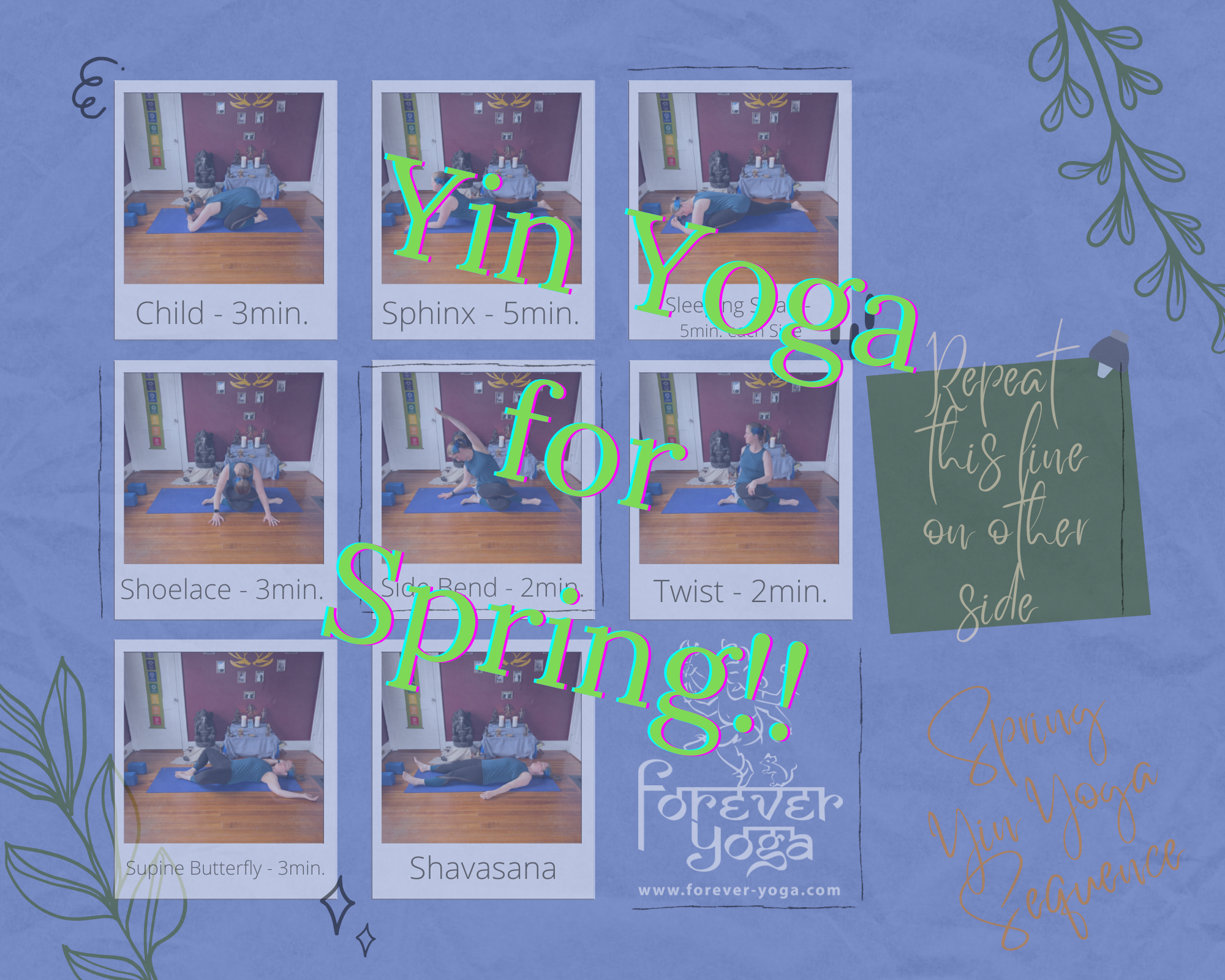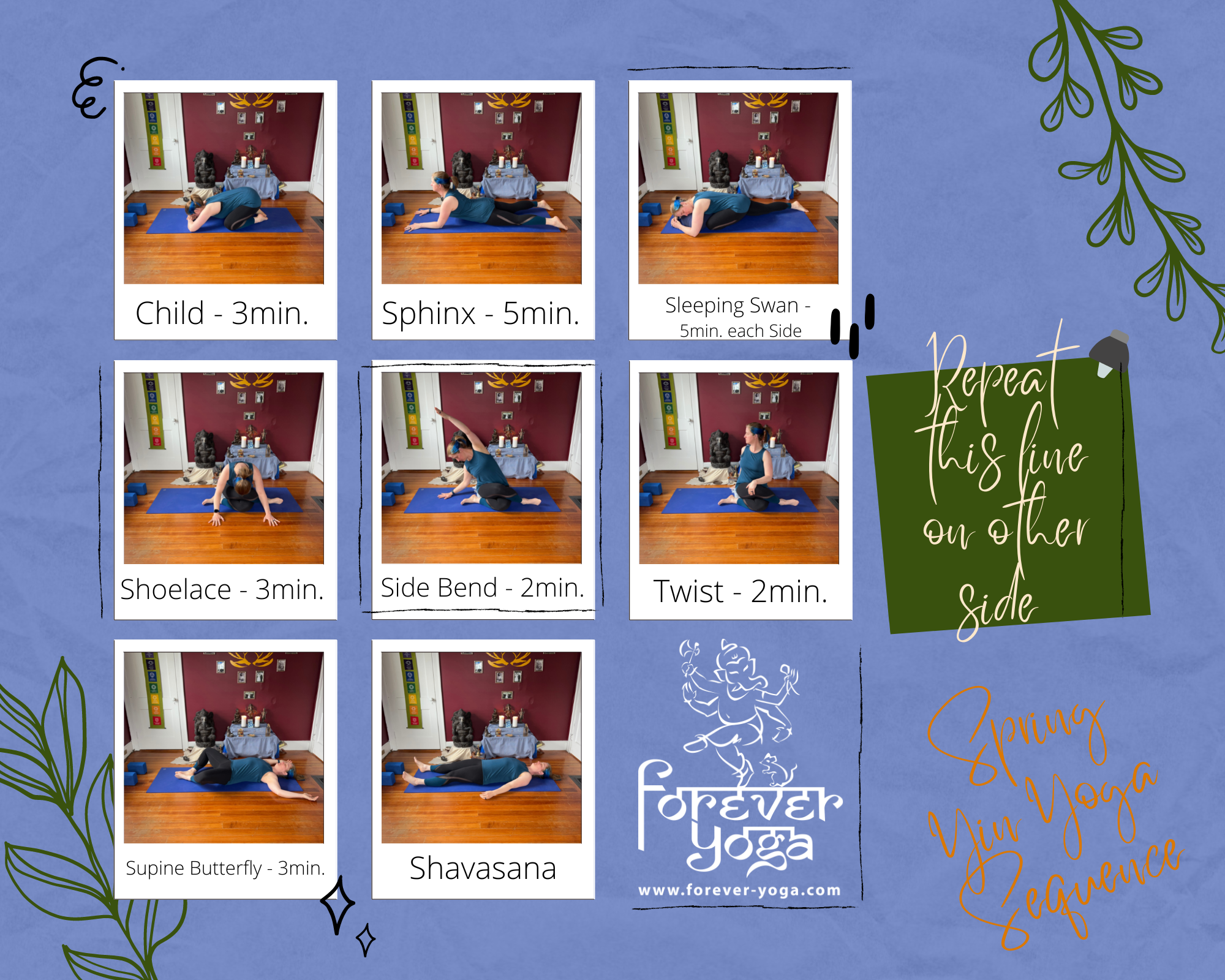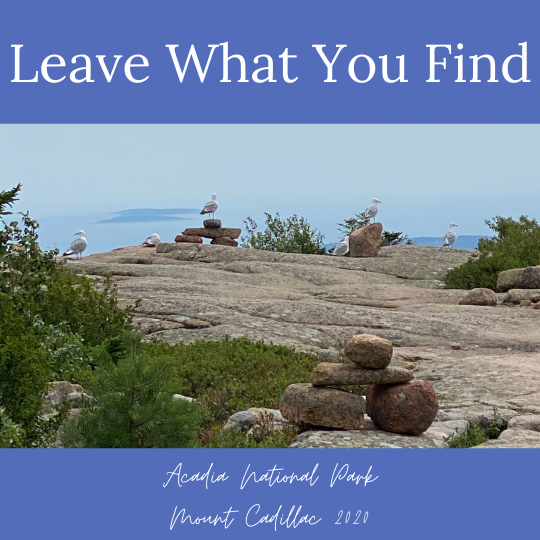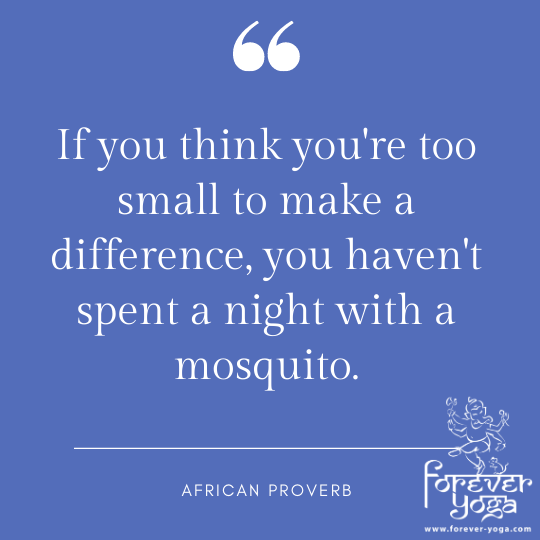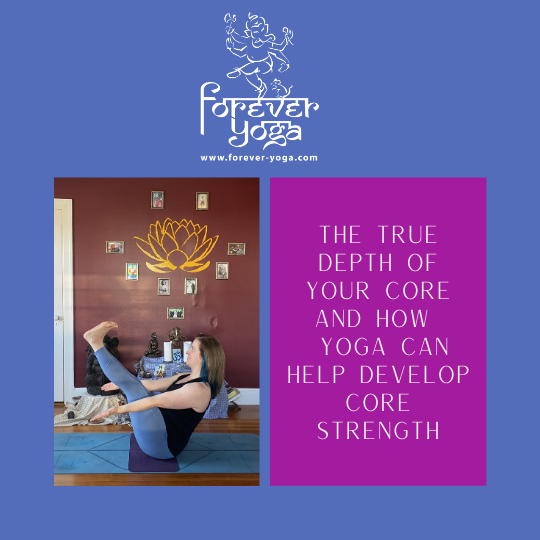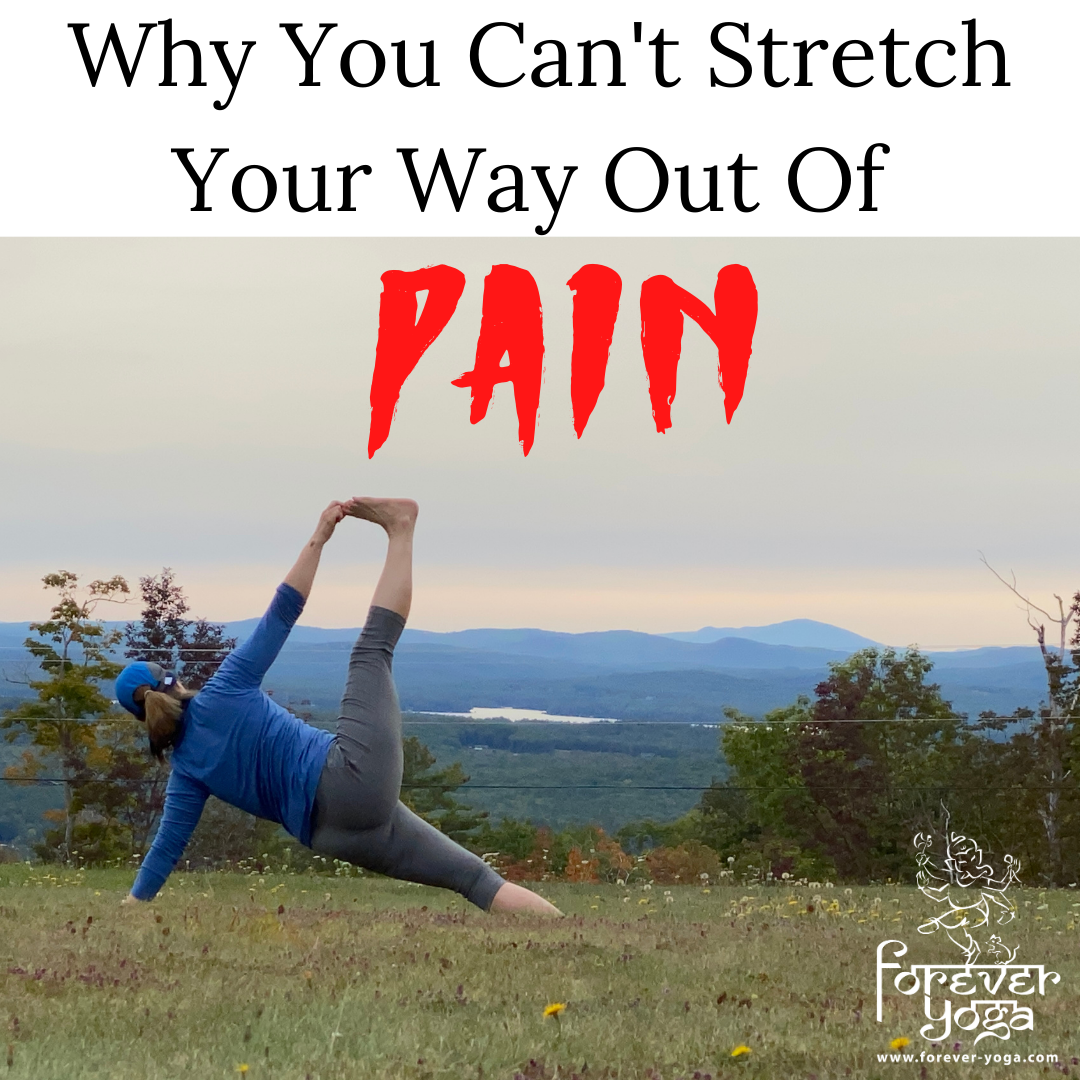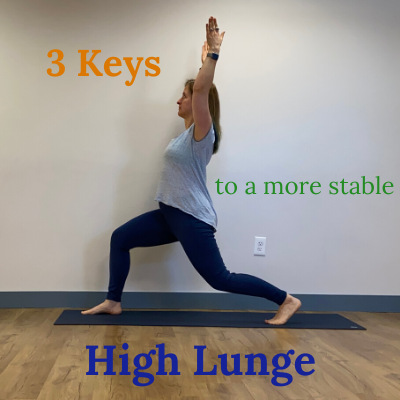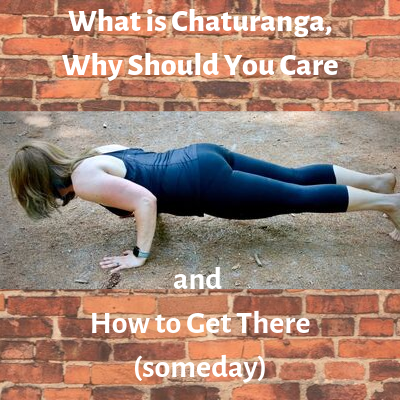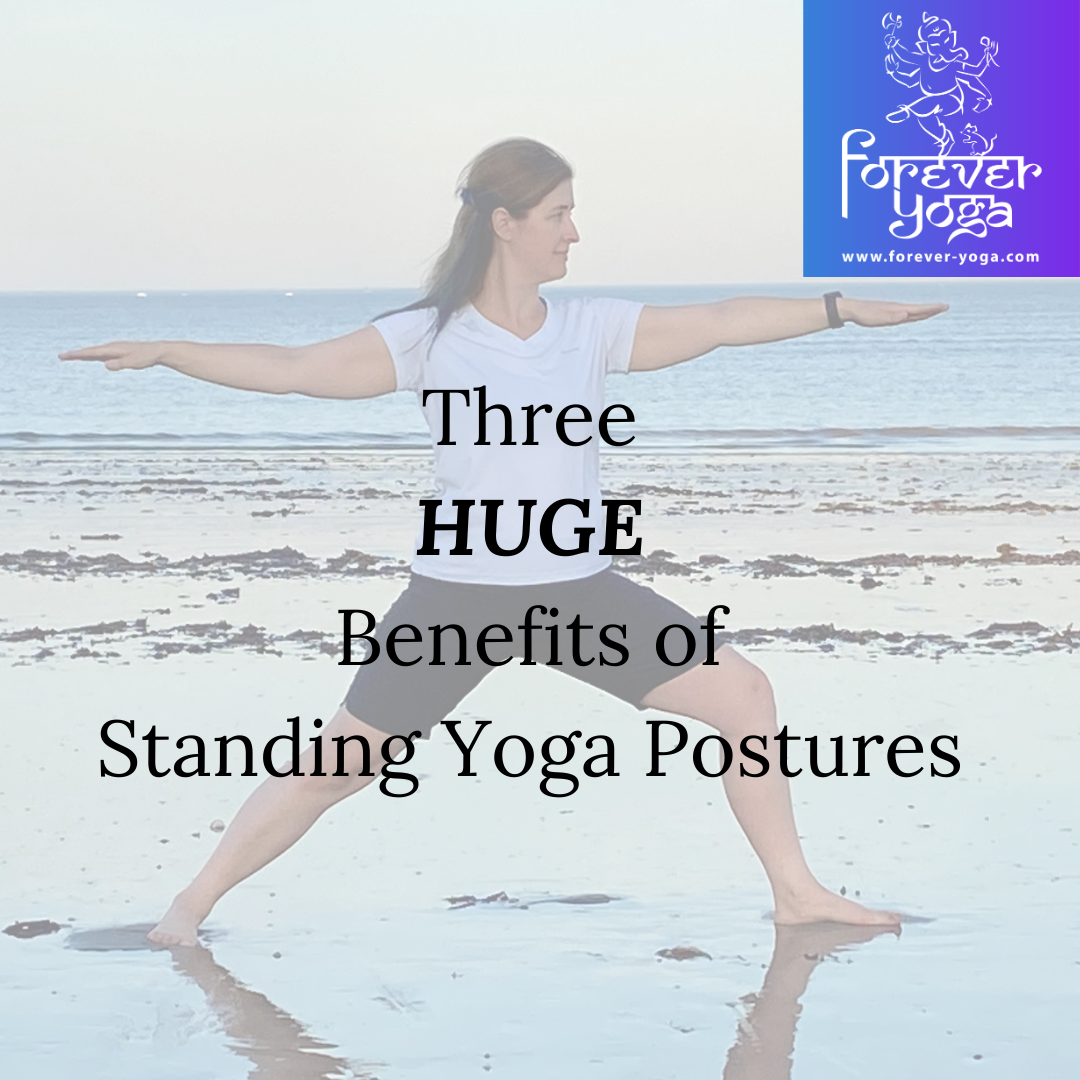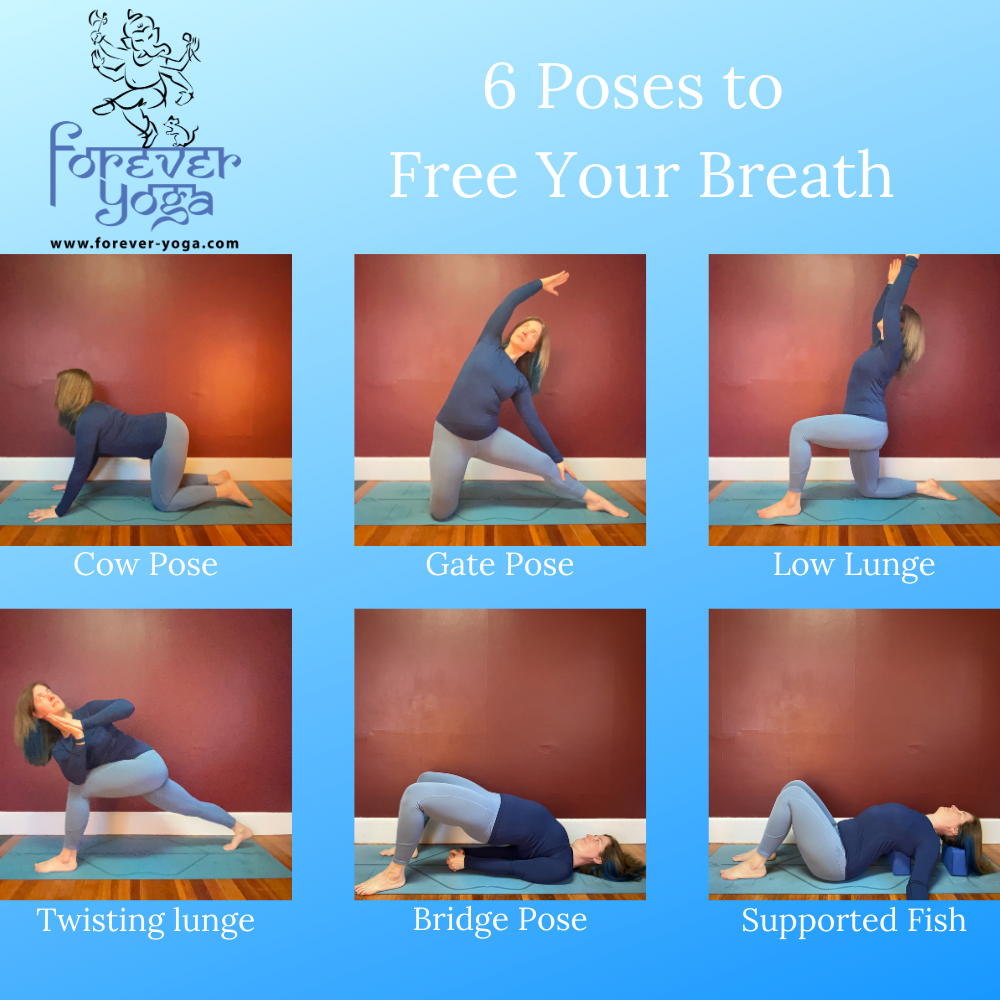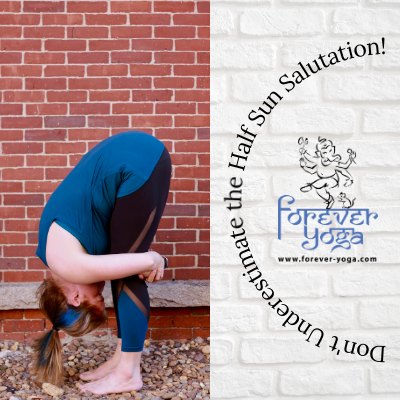Interesting fact - the points were there is a transition from one region to another are where the curvature of the spine changes direction and are often the places where disc injuries occur. The discs that are injured are often labeled including the letter of the region and the number of the vertebrae. For example, a frequent place where these issues occur is the disc at L5/S1 which is between the 5th Lumbar Vertebrae and the top of the Sacrum (just to be clear, you only have one Sacrum). I know this one from personal experience. 😣
Thing to know #1: The discs of your spine don’t have their own blood supply.
Most people know about the little shock absorbers between each vertebrae of your spine that we refer to as discs as they tend to be the most vilified part of the spine. When they fail by bulging or herniating, they can cause a lot of problems and a whole lot of pain. Disc issues are one of the most common spinal injuries. They can be caused by sudden trauma like a slip and fall or sometimes genetic structural variations may contribute to eventual wear and tear. Lifestyle choices may also be a contributing factor to disc health.
The odd thing about the spinal discs is that unlike so many other parts of your body including your bones, the discs have none of their own blood supply. Instead, they’re like little sponges that soak up water and nutrients from the near surround. When the body and the tissues around the discs move in a variety of ways rather than staying stagnant, the discs have a greater chance of picking up the water and other nutrients they need to stay healthy.
What does this mean for your yoga practice?
It means keep doing yoga! It’s probably obvious, but like many other forms of movement, the compression of tissues, stretching and strengthening that a yoga practice provides may contribute to keeping the spinal discs healthy over time. Those little sponges need to be moved around to get what they need from neighboring tissues. A well-rounded yoga practice will generally move your spine through all 7 directions of movement (flexion, extension, side bending in both directions, twisting in both directions and axial extension) which could be helpful in keeping all those little shock absorbers doing what they do for a long time.
Thing to know #2: Your range of motion in backbends, in part, is determined by the structure and angle of your individual vertebrae.
Remember the Spinous Process and Transverse Process on the vertebrae I pointed out above? In each region of the spine, those structures tend to extend backward at a differing angle from top to bottom of the spine. In the Thoracic Spine in particular, they tend to come out from the Vertebral Body and angle downward at a much sharper angle than in other parts of the spine. This means that in this region in particular, when you’re doing a backbend these bones are much more likely to come very close together.
What does this mean for your yoga practice?
You probably know this from other areas of your yoga practice, but when bone runs into bone, no matter what we do, range of motion will not improve. It doesn’t matter how much you stretch or how much you practice, you simply can’t improve range of motion if “stuff” is running into “other stuff”. It’s an interesting feeling in the body, and one we get more familiar with as we practice. And while there can be many limiting factors in backbends, if you are flexible and you do work with deeper backbends, that feeling of bones running into each other in your spine is certainly something to bring your awareness to. For people with osteoporosis or osteopenia, backbends may be something to avoid in your practice because these small structures may actually fracture if they get too close under the pressure of a backbend. Definitely talk to your doctor if that’s a concern for you.
Thing to know #3: The size, structure and ability to twist of your vertebrae changes from the top to the bottom of your spine.
Twisting is a common action in a yoga practice that can have so many benefits including release of tension in the spinal muscles themselves and improvements to digestion when practiced regularly. But did you know that as you move from the top of your spine to the bottom your ability to turn decreases? If you look at the vertebrae or the bones of the spine carefully, you’ll see that they increase in size from top to bottom. If you think about it, this makes sense for our daily actions. You’ll more often need to turn your head quickly to assess outside stimulus than your low back. The degree of twist goes from about 70 degrees in the Cervical spine to only about 5 degrees in the Lumbar spine.
What does this mean for your yoga practice?
When working with twisting, like all actions in yoga, we should seek to find an equanimous state. That means that when you’re in a twist, it should FEEL equally distributed throughout the length of the spine, even if that isn’t what is happening anatomically. In practice this means that the majority of the movement of your twist is going to come from the upper parts of the spine rather than the lower. To force the spine to do otherwise is going against its inherent structure. In other words, if you are feeling strong sensations in any one area of the spine, you are likely placing too much torque into a part of the body that structurally is unable to do what you’re asking. Over time that could cause injury. You might notice this happening particularly in twists where you use your arms for leverage. That isn’t a bad thing to do, but it should be done with care.
Thing to know #4: Your sacrum is part of your spine.
People often think that the spine ends with the lumbar vertebrae but that simply isn’t true. The sacrum is actually the base of the spine. While the spinal cord tapers to an end in the lumbar vertebrae, the spinal nerves continue on into the sacrum and extend outward from it in various places. In fact, the frequently admonished sciatic nerve has some of its roots in the sacrum.
What does this mean for your yoga practice?
When considering movement we should think about the sacrum as part of the spine, not separate from it. More on this below.
Thing to know #5: There are joints in your spine just like in the rest of your body.
The definition of a joint in anatomy is “The area where two bones are attached for the purpose of permitting body parts to move.” We don’t often think about it, but the human spine with all its vertebrae and the sacrum therefore has quite a few joints! If we look at the back of the vertebrae again, you’ll see the Facets labeled. These structures create Facet Joints with the vertebrae above and below them to help the vertebrae work together to create movement (this is a simplification for the purposes of this post). Multiply that times all the vertebrae in the spine and you’ve got quite a few joints! Two other key joints are the Sacroiliac joints (often referred to as SI joints) where the sacrum meets the pelvis (or the part of the pelvis called the ilium).
What does this mean for your yoga practice?
Again, keep doing your yoga practice! In general, part of the great benefit of a yoga practice is that it addresses joint movement. Moving joints tend to be healthy joints, so when practicing yoga we should give ourselves an opportunity to move through all 7 spinal movements regularly to keep our spinal joints healthy.
The exception to that is when considering the SI joint, which doesn’t fit well into the general definition of a joint I gave you above. This joint in particular is one that we DON’T want to encourage range of motion in, which anyone that’s ever experienced an SI joint issue can tell you with utmost certainty! If you study the anatomy of the area, there are many strong connective tissues crossing the SI joints to discourage movement. Therefore, particularly in twisting postures, since the sacrum sits into the pelvis, the pelvis and spine should be allowed to move TOGETHER to take undue force out of this often vulnerable area. SI joint issues are more often experienced in women, particularly those that have had children. If you fall into that category, it may serve you well to pay particular attention to this ideal of spinal movement.
In my vinyasa classes all this month we’ll be exploring the 7 movements of the spine while highlighting healthy twisting. Join me for the Livestream or On Demand via Patreon to get to bring the principles outlined here into your own practice!

